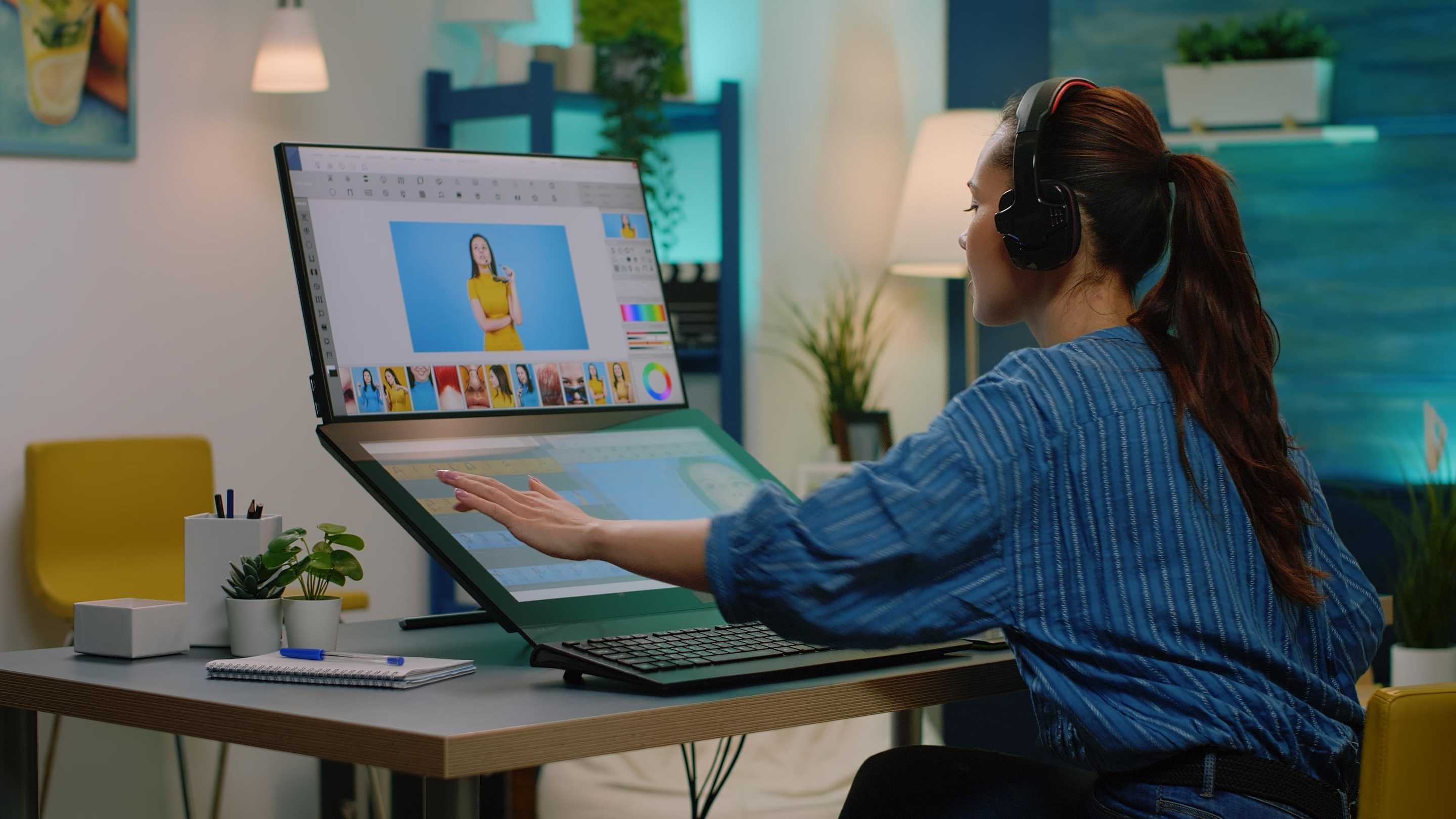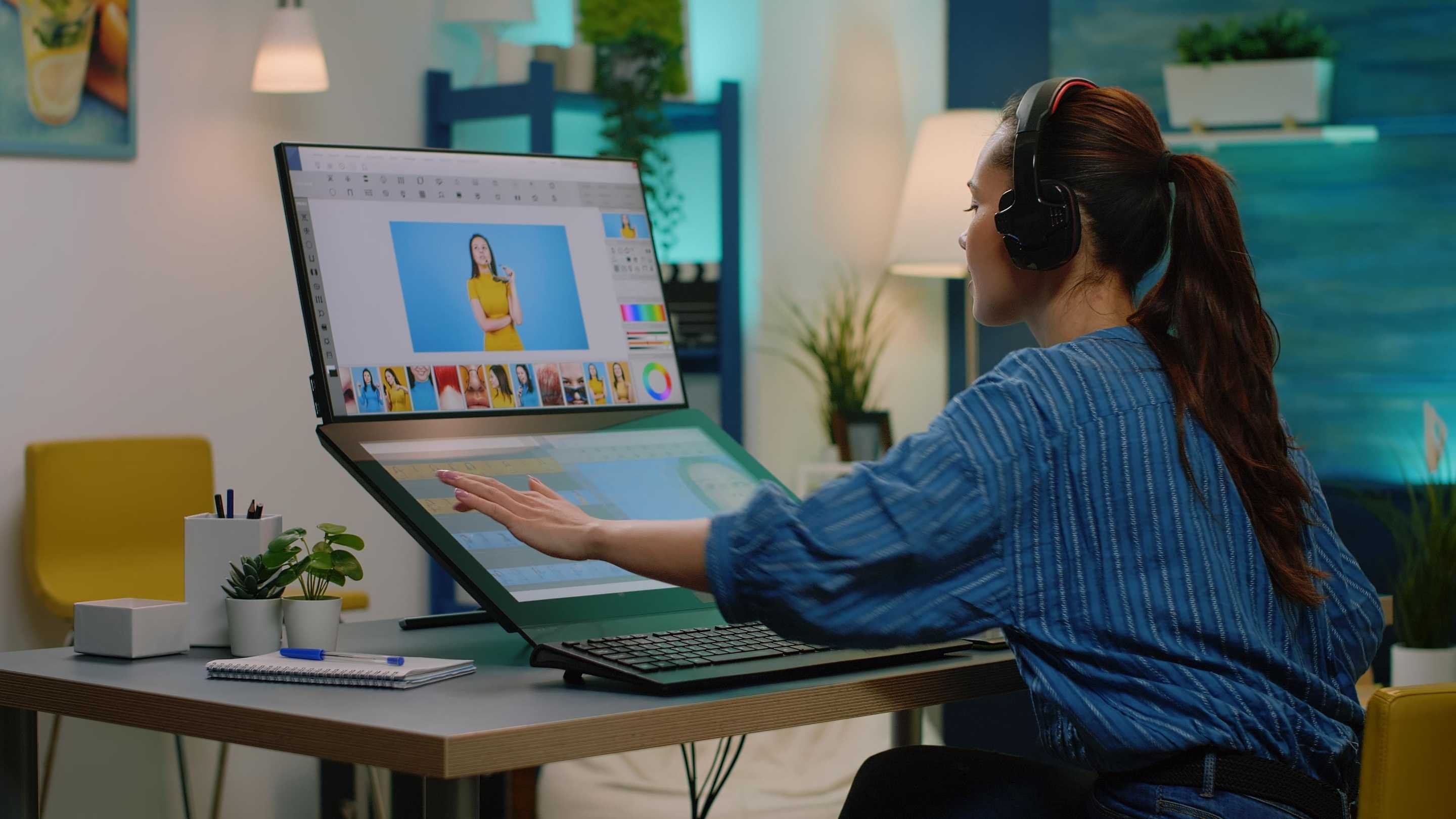
Dolocreative Scriptwriting
The Scriptwriting Process for Video Editing: A Step-by-Step Guide
In the world of video editing, the script plays a pivotal role in ensuring your message resonates with the audience. Whether it’s a promotional video, a short film, or an educational piece, a well-written script acts as the backbone of your project. Here’s a guide to mastering the scriptwriting process for video editing.
1. Define Your Purpose
Before diving into the script, clearly outline your video’s goal. Ask questions like, “What is the video about? Who is the target audience? What action do I want viewers to take?” Decide on the tone, whether it’s informative, entertaining, emotional, or persuasive.
2. Develop a Concept
Brainstorm ideas and visualize your video’s structure. Create a mind map that includes key messages, scenes, and transitions. Research relevant facts, statistics, or insights to make your content credible and engaging.
3. Write an Outline
An outline ensures your script has a logical flow. Divide it into three main sections: an introduction to hook the audience, a body to present the core message, and a conclusion with a clear call-to-action or memorable takeaway.
4. Craft the Script
Start writing the script while keeping your video’s runtime in mind. Be concise, using short and snappy sentences. Write in conversational language to make it feel like you’re speaking directly to the viewer. Incorporate visual and audio cues, such as notes for background music, sound effects, or specific visuals. For example:
- Visual: Close-up of hands typing on a keyboard.
- Audio: Soft background music fades in.
5. Integrate Storytelling
Stories engage audiences emotionally and make your content memorable. Introduce relatable characters or situations, use conflict-resolution arcs to maintain interest, and add personal anecdotes or case studies where applicable.
6. Revise and Polish
No script is perfect on the first draft. Read it aloud to ensure it sounds natural when spoken. Trim excess words and keep sentences crisp. Seek feedback from colleagues or friends and refine it based on their input.
7. Collaborate with the Editor
The script is a guide for the editing process, so collaboration is key. Share storyboards to help the editor visualize transitions and pacing. Highlight key moments in the script that require special effects, captions, or transitions. Stay open to adjustments as the editing process may reveal the need for tweaks.
8. Test and Refine
After editing, review the video against the script. Check if the pacing feels right and the transitions are smooth. Ensure the visuals complement the script and enhance the storytelling.
Final Thoughts
Writing a script for video editing isn’t just about putting words on paper; it’s about crafting an experience. A well-thought-out script makes the editing process smoother and ensures the final product connects with the audience. With practice and attention to detail, you can master the art of scriptwriting and elevate your video projects.
What’s your favorite tip for scriptwriting? Share your thoughts below!





